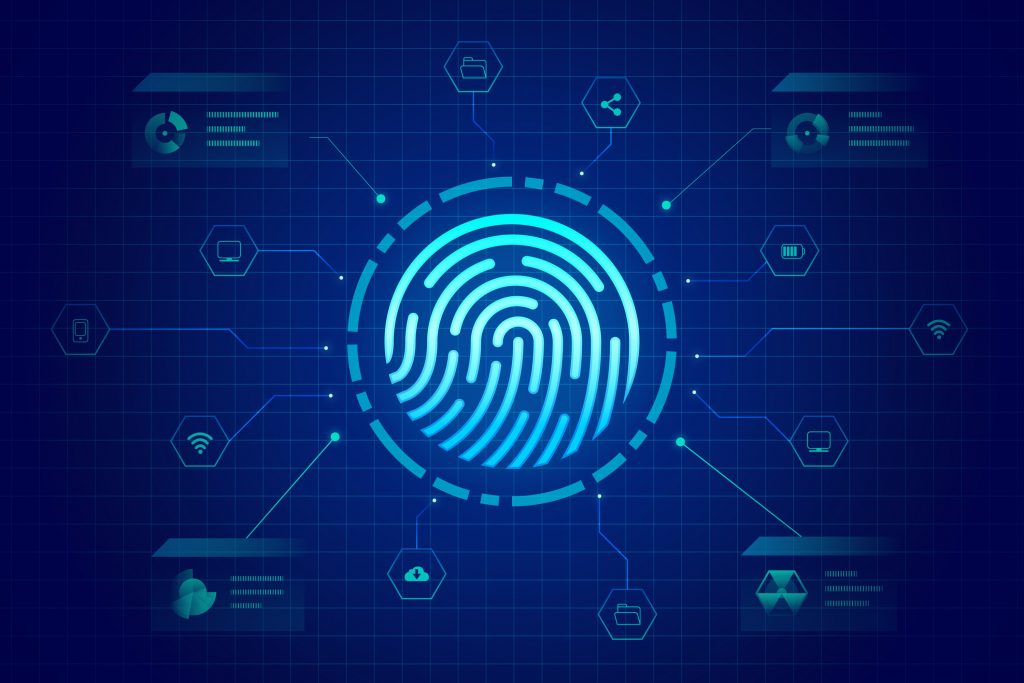Digital fingerprint, in the context of technology and digital security, refers to the unique and distinctive information that identifies a user, device or online entity.
INSSIDE Cybersecurity experts tell us how that digital fingerprint is created from a variety of data and characteristics that can include:
- IP Address: Every device connected to the Internet has a unique IP address that is used to identify it on the network.
- Cookies: Websites often store small files called cookies in your browser to track online activities and offer a personalized experience.
- Browsing history: Browsing habits, such as websites visited and online searches, contribute to your digital footprint.
- Device data: Information about devices, such as operating system, browser type, and screen resolution, is used to identify you.
- Profiles on social networks: The information shared on social networks, such as name, profile photo, connections and publications, contributes to the digital footprint.
- Location data: The location of a device at a given time is also part of the fingerprint.
Fingerprint is used in various applications such as online authentication, ad personalization, user tracking, and cybersecurity. It is important to understand that fingerprint collection and use also raise privacy concerns, as users are often not fully aware of how much information is being collected and how it is used.
What does INSSIDE recommend to reduce the footprint?
You can take steps to limit the amount of personal data that is tracked. Here are some ways to reduce your online digital footprint:
- Use a virtual private network (VPN): A VPN can hide the IP address and mask the location, making it difficult for websites and services to track online activity.
- Private Browsing: Web browsers offer private browsing modes that do not store search history, cookies, or login data.
- Cookie management: Configure the browser to block or delete third-party cookies and limit cookies in general. This will reduce the tracking of online activity.
- Control social media privacy settings: Adjust privacy settings on social media profiles to limit who can see personal information and posts.
- Use encrypted email services: Use email services that offer end-to-end encryption to protect communications.
- Use two-factor authentication (2FA): Enable two-factor authentication whenever possible to improve the security of online accounts.
- Limit the amount of personal information shared: Avoid sharing unnecessary personal details, such as phone numbers, addresses, and social security numbers.
- Use strong passwords: Use strong and different passwords for each online account to avoid exposing your personal data. In turn, updating passwords is essential to protect virtual accounts and data. This helps prevent attacks and reduces risks in the event of leaks.
For more information contact INSSIDE

